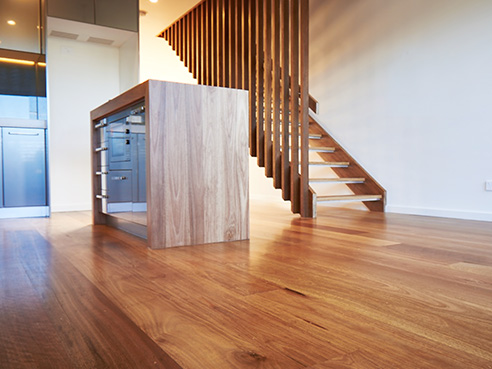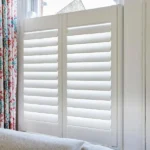When it comes to flooring options that exude sophistication and warmth, solid timber flooring stands out as a premier choice. With its natural beauty and durability, solid timber has been a favorite among homeowners and designers alike for generations. In this guide, we’ll explore the benefits, types, installation methods, and maintenance tips for solid timber flooring, helping you make an informed decision for your home.
The Allure of Solid Timber Flooring
Timeless Beauty
One of the most compelling reasons to choose solid timber flooring is its unparalleled aesthetic appeal. Each plank of solid timber is unique, featuring distinct grain patterns and color variations that add character and depth to any space. This natural beauty can complement a wide range of interior styles, from traditional to contemporary, making it a versatile choice for any home.
Durability and Longevity
Solid timber flooring is known for its durability. Made from solid pieces of wood, this flooring option can withstand heavy foot traffic and is resistant to wear and tear. When properly cared for, solid timber floors can last a lifetime, making them a wise investment for your property. Additionally, they can be sanded and refinished multiple times, allowing you to restore their original luster and appearance, even after years of use.
Eco-Friendly Choice
For environmentally conscious homeowners, solid timber flooring is a sustainable choice. Many manufacturers source their timber from responsibly managed forests, ensuring that the wood is harvested in a way that minimizes environmental impact. Moreover, solid timber is biodegradable, making it a better choice for the planet compared to synthetic flooring options.
Types of Solid Timber Flooring
Hardwoods vs. Softwoods
Solid timber flooring is available in two main categories: hardwoods and softwoods. Hardwoods, such as oak, maple, and cherry, are denser and more durable, making them ideal for high-traffic areas. They also offer a rich, luxurious feel. Softwoods, like pine and fir, are generally lighter and more affordable but may dent and scratch more easily. Choosing the right type depends on your lifestyle and the specific areas of your home where the flooring will be installed.
Engineered vs. Solid Timber
It’s essential to distinguish between solid timber and engineered timber flooring. Solid timber is made from a single piece of wood, whereas engineered timber consists of multiple layers of wood veneer glued together. While both options have their merits, solid timber offers a more authentic look and feel, along with the advantage of being able to be refinished multiple times.
Installation Methods
Nail Down Installation
Nail-down installation is one of the most common methods for solid timber flooring. This process involves securing the timber planks to a wooden subfloor using nails. This method is ideal for homes with a basement or crawl space, providing stability and reducing the chances of moisture problems.
Glue Down Installation
In the glue-down installation, the timber planks are adhered directly to a concrete subfloor using a strong adhesive. This method can be advantageous in areas with high moisture levels, as it helps prevent the wood from warping or buckling.
Floating Installation
Floating installation involves laying the timber planks over a cushioning underlayment without attaching them to the subfloor. This method allows for natural expansion and contraction of the wood, making it a popular choice for areas with fluctuating humidity levels.
Maintenance Tips for Solid Timber Flooring
Regular Cleaning
To keep your solid timber flooring looking its best, regular cleaning is essential. Sweep or vacuum the floor frequently to remove dirt and debris, which can scratch the surface. For deeper cleaning, use a damp mop with a gentle wood floor cleaner, ensuring that excess water is not left on the surface, as this can damage the wood.
Protect from Scratches
Area rugs and furniture pads can help protect your solid timber flooring from scratches and dents. Be mindful of moving heavy furniture; lifting rather than dragging will prevent unnecessary damage to your floor.
Monitor Humidity Levels
Solid timber flooring is susceptible to changes in humidity. Maintaining consistent humidity levels in your home—ideally between 30% and 50%—can help prevent the wood from expanding or contracting, which could lead to gaps or warping.
Refinishing
As your floors age, you may notice signs of wear and tear. Sanding and refinishing your solid timber flooring can rejuvenate its appearance and extend its lifespan. Depending on the traffic your floors receive, you may need to refinish every 5 to 10 years.
Conclusion
Solid timber flooring offers a blend of timeless elegance, durability, and sustainability that few other flooring options can match. With its unique beauty and long-lasting characteristics, it can enhance the aesthetic of any home while providing a comfortable and inviting atmosphere. Whether you opt for hardwood or softwood, proper installation and maintenance will ensure your solid timber floors remain a stunning feature of your home for generations to come. As you consider your flooring options, remember that investing in solid timber is not just a choice for today but a legacy for tomorrow.



